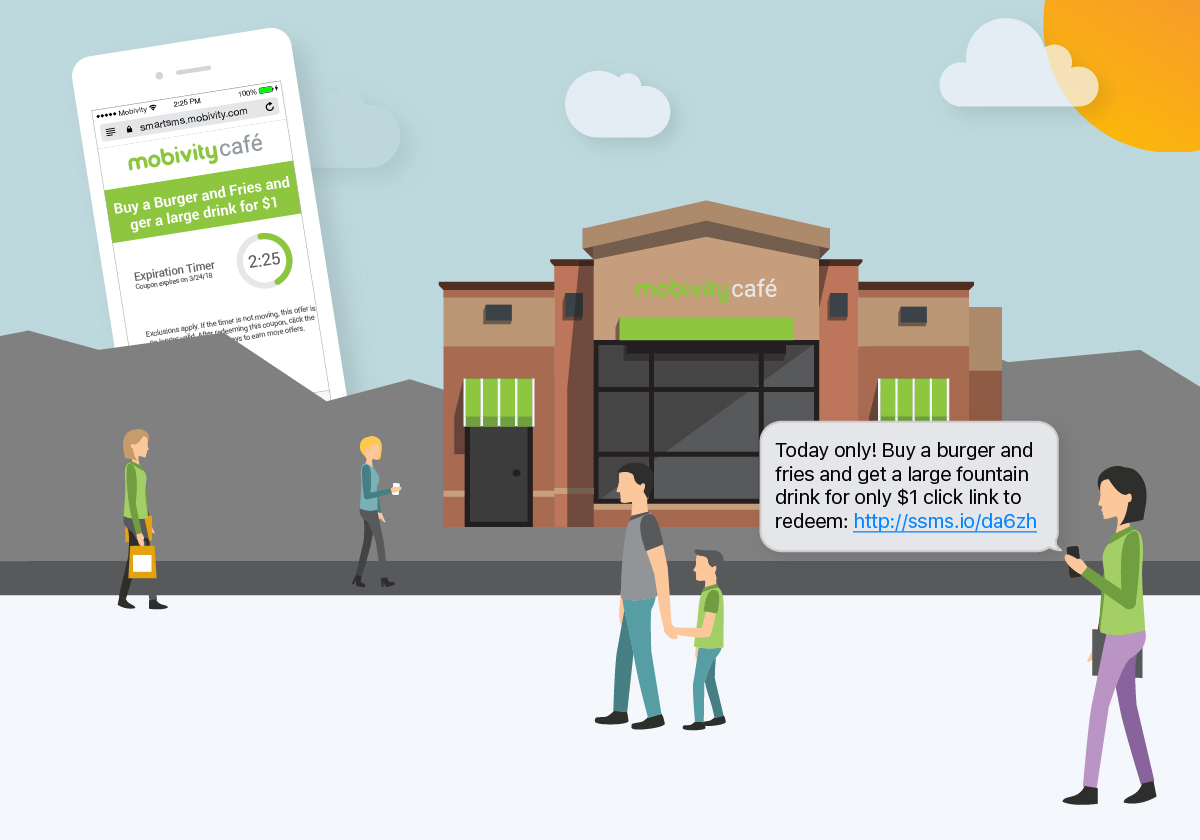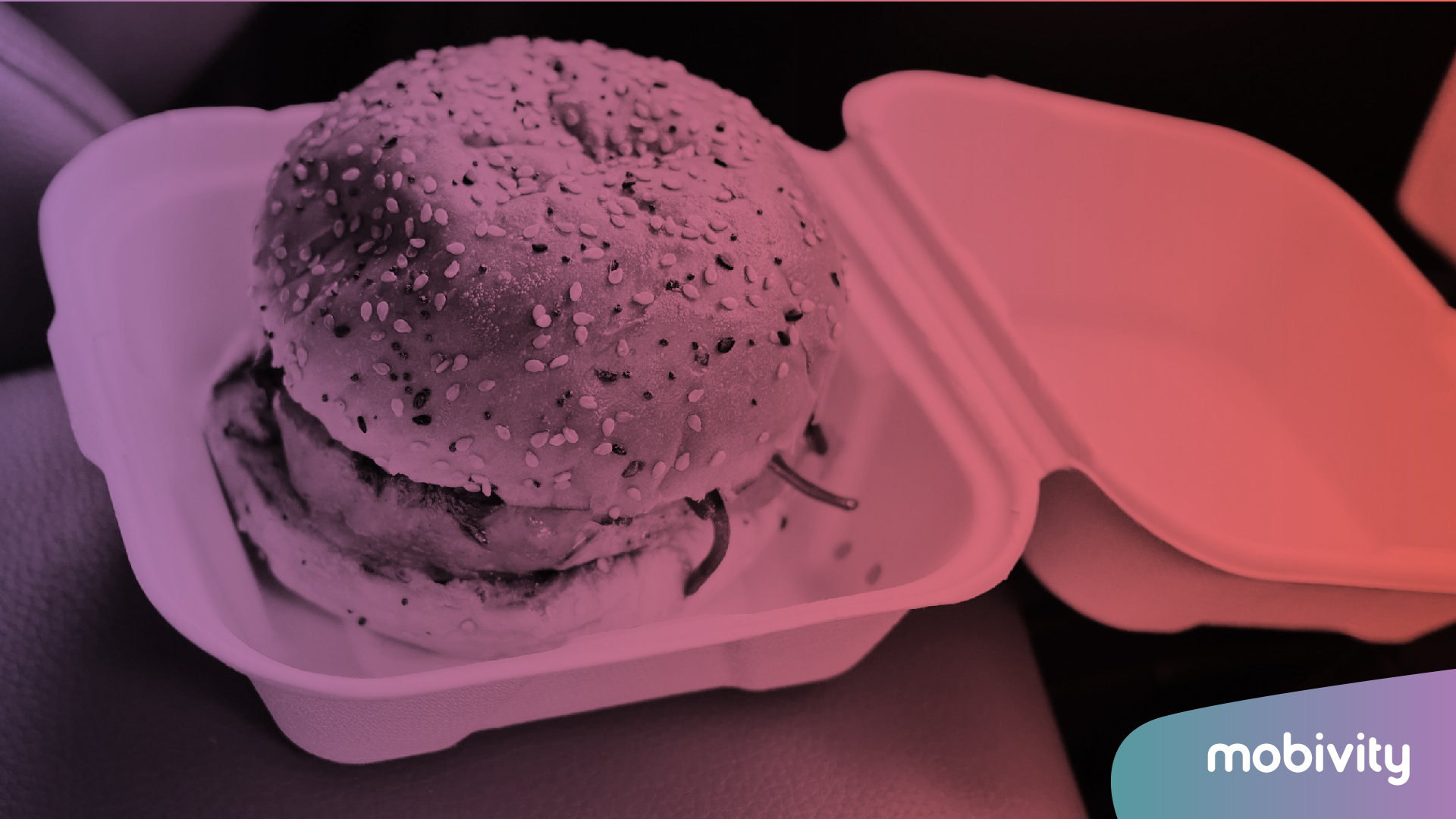Or at the very least, it’s on the way out, and here’s why we think you should be more strategic about it.
At first glance, discounting seems like a great way to boost customer frequency, and it is. The method has been around forever, and there are strategic reasons behind the tactic – there’s no denying that discounting gets more bodies into your store. But, when you stop to think about it, you’ll realize that slashing your prices every time you have a slow day can hurt your business in the long run. When you offer a blanket discount to everyone, you have to sell a lot more to meet your revenue goals. We’ve got a better idea.
Transitioning to Personalized Pricing
Offering discount prices to everyone in your customer base will end up costing your business money, no matter how many additional transactions you ring up. Instead, try calibrating your offers by adding what you already know about your customers into the process.
The idea of personalized, or dynamic, pricing originates from as far back as the introduction of the price tag in the 1870s. It all starts with the complicated dance to find the difference between the cost of goods, and what your consumers are willing to pay for them. By introducing personalized pricing to your marketing approach, you can discount items in a way that can drive average check while bucketing your customers into groups and targeting them accordingly. Analyze how much customers spend, what day of the week they visit you, or how frequently they come in to your location. Let’s break it down.
Increasing Average Spend While Maximizing Value for Everyone
Your customer Sally comes in every day to buy a cheeseburger. Sally loves your cheeseburgers. One rainy afternoon, foot traffic is slow. To combat this, the store manager decides to act. She knows her audience’s spending habits, frequency, and preferences. Today, she decides to target her customers based on their average spend.

She sends her lunchtime regulars who usually buy a $6 burger an offer to ramp up their order. Today only, when they buy a burger and fries they get a large fountain drink for just $1! The manager has increased average ticket and rewarded her loyal customers by offering them a deal – but having them spend a little more to get it.
Calibrating Offers Based on Visit Frequency
The same theories can be applied when you know your customer’s visit frequency. When dealing with recently engaged customers, the messages you send them don’t need to be aggressive. Instead of sending them a discount, take this opportunity to promote new offerings you think they may be interested in. If a customer is already highly engaged with your brand, they likely don’t need the same push as a new customer or defecting customer to return to visit you.
Once a customer starts to show signs of defection, meaning you haven’t seen them in a few weeks or months, sweeten the deal by offering them a special bonus if they refer a friend to your location. Clearly defecting or unengaged customers need a more aggressive offer - offering them a free milkshake could help bring them back across your threshold. No matter how you choose to bucket your customers, introducing intelligence and precision into your communication process will increase value for everyone.
Begin with Data Collection and Analytics
To implement this more strategic discounting concept, you need knowledge of customers, markets, and products. Whether you utilize a CRM system or a customer transaction database, gaining access in real time and applying analytical tools to spot opportunities has never been easier. Armed with this knowledge marketers are able to maximize value by implementing the appropriate pricing tactics.

